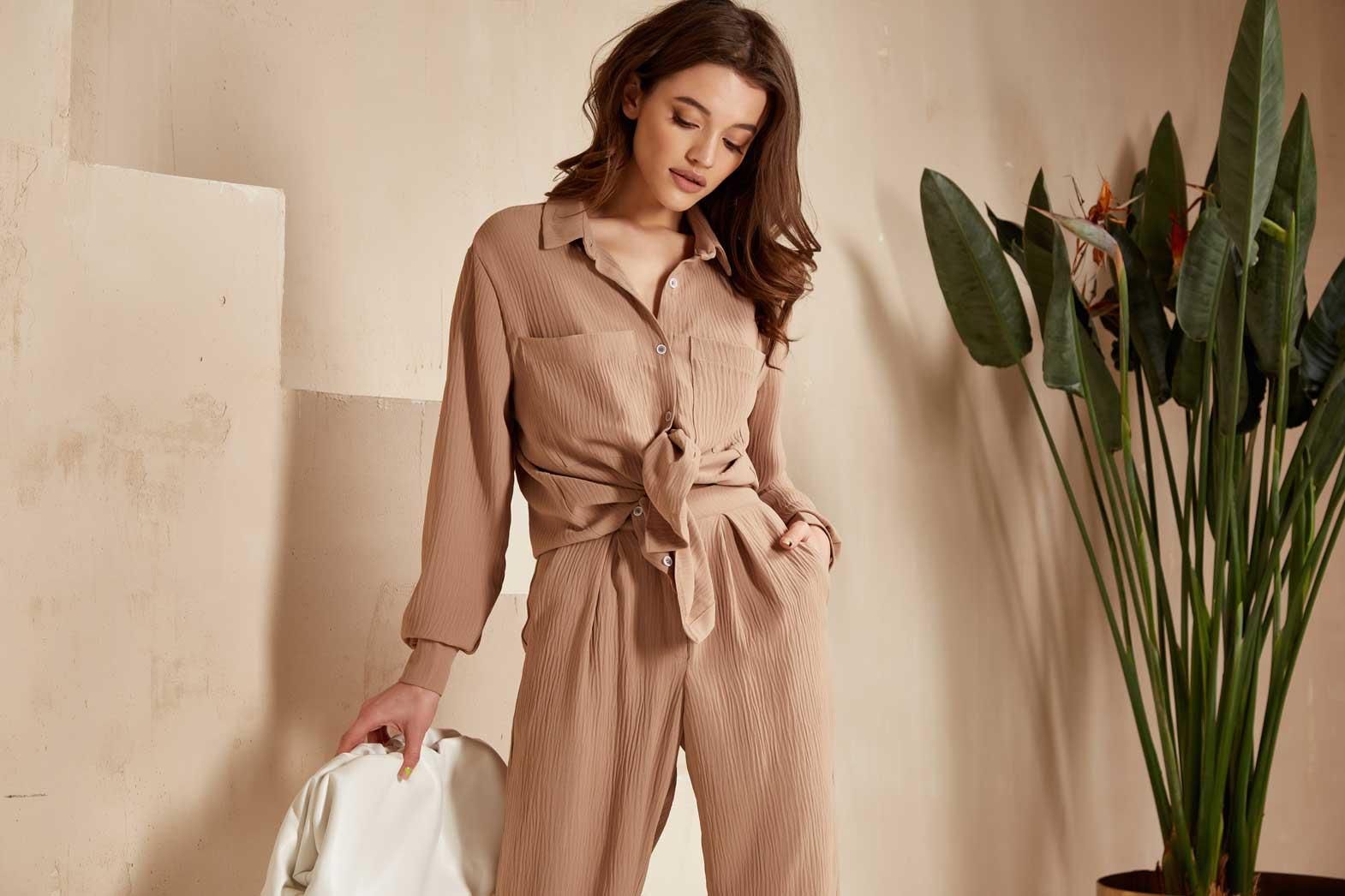Fashion
Haute couture, pret-o-porter or ready-to-wear andstreet wear or mass market, all can benefit from trend forecasting. It alsoinvolves a study of emerging trends in make-up, beauty and cosmetics, topredict a complete look of the season.
Various practicesinvolved in forecasting are:
Various fashion seasons
Design collectionsare launched as per specific seasons. These include:
a)
b)
c) Pre-fall
d)
e)
The twobiggest seasons are Spring/Summer and Autumn/Winter. These collections areshowcased at major fashion weeks almost six months prior to when they appear instores. These include both haute couture as well as ready-to-wear collections.
Highsummer is when some fashion houses or brands launch a collection afterSpring/Summer collection has been launched. Several times, these collectionsare extremely impactful on trends that will emerge in the upcoming season.
Resort/cruisecollections are launched for those who are keen on wearing trendy comfort wearat holidays or while travelling for leisure.
Pre-Fallcollections have a wide customer range but they are launched to target theelite fashion fanatics and leaders. These fashion leaders are fond of anupdated wardrobe. Celebrities of various fields are often the first to getthese fresh off the runway outfits.
Megatrends mapping at fashion capitals
Fashion capitals are known for unique and strong identities. There are four major fashion capitals: London, Milan, Paris and New York. Various major activities like fashion weeks and fashion trade fairs make these cities a concentrated core hub of fashion. They are looked upon for stylistic inspirations. The collections are showcased at different times in these cities and guide colour palettes, silhouettes and textures of upcoming trends to be launched in stores for the masses as well as the niche markets in different fashion seasons.
Globalisation through media and internet has led to widespread impact of trends in the fashion capitals across different continents and countries. The trends in different regions are mapped to the megatrends at the runway of these capitals by forecasters across the globe.
Comparative study of current and previous trends
A comparative report of collections and product range of each designer/design house for the current year and previous year is generated by the forecasting team. This is done to figure out the similarities and differences. It also works as a guide for emerging trends in silhouettes, fabrics, colours, embroideries, textures, prints, surface manipulations and embellishments. Forecasters can thus analyse and predict innovative and unique trends that may prove to be high in demand in the coming season.
Identifying a niche market/client/group
One has to identify the target client for whom forecasting is required. The final product must satisfy the preference for a particular colour, texture etc. of the targeted market.
Analysing the demographic and psychographic structuring of the market
The client/group shall be chosen carefully and must relate well to the prospect designs yet to be developed.
Client profiles on the basis of demographics and psychographics must be analysed meticulously for an effective choice. A few examples are:
A client profile shall have a description about a chosen/given client with reference to demographic and psychographic study of the same. Demographics can be quantified and will include various statistical data of the client like name, age, gender, complexion, body type, height, budget/disposable income, socio-economic status, occasion for which the product or garment is required or suggested.
Psychographics are not measurable. They are quality-based and vary as per the taste of the individual or group and preference of the client like colour choice. Other criteria include length of garment, size and prototype of desired product, trimmings preferred, types of prints and embroideries. These may be different from the one in trend. Psychographics are related to the quality aspect of the final product desired as per the chosen given client/group.
Generating a style and trend report for the season
The report, based on rigorous market and trend analysis, shall be generated with the following predictions:
a) Expected silhouette stories
b) Expected fitting styles like pegged or flared, looser tunics or body snugging, straight fit or narrow fit
c) Preferred themes for the coming season that shall regulate different elements and concepts to be focused by the design houses
d) Colours in trend, with a brief of their categories like whether pastels will be preferred over bright hues; multicoloured or monochromes; solid colours or blended palette; high intensity saturated chrome or toned colours
e) Kind of prints that shall prove to be more popular like small or large, floral or geometric, linear of checkered, peppy or classic
f) Distinctive or conventional fabrics that shall prove popular in the coming season
g) Embellishments that shall be used like pearl work, antique work, Swarovski, hand embroideries (conventional or contemporary)
h) Any unique trimmings or fasteners to enhance the look and might prove to be popular and fit in the new trend
i) An idea of the probable impact of development and special activities in sports, make-up, technology and economic conditions on upcoming trends
j) Adequate information on what is expected to be completely outdated and obsolete for the coming season
Impact of the forecast report on design methodology and development
Design methodology is the process of putting together parts or ideas of an organisation to create an amalgamated, functional product. The following assortment is followed for final design development, considering the forecast report:
a) An extraction of confined theme to be worked upon for a line of products
b) A specific colour palette shall be generated based on the theme and must match the trend report by the forecasting team
c) As per studied and analysed demographic and psychographic structures, swatches shall be developed before finalising final prints. These shall reflect use of embellishments, paint, textures, colours that are to be a part of the latest collection.
d) A final illustration and material board shall be formulated to facilitate the design development of accessories as well as garments.
e) The product should be designed to be cost effective for both consumer as well as producer. Quality shall be maintained while making a choice of material to be used. A proper costing and budgeting of the product shall be done.
f) The final product must be developed with desired finishing and appearance. It must satisfy the customer's requirements and be functional and aesthetically pleasing.









Comments